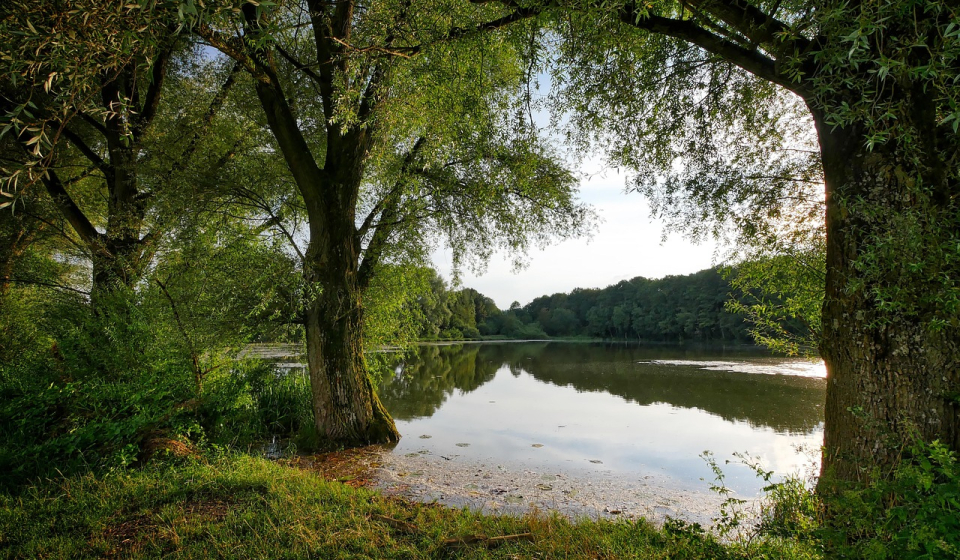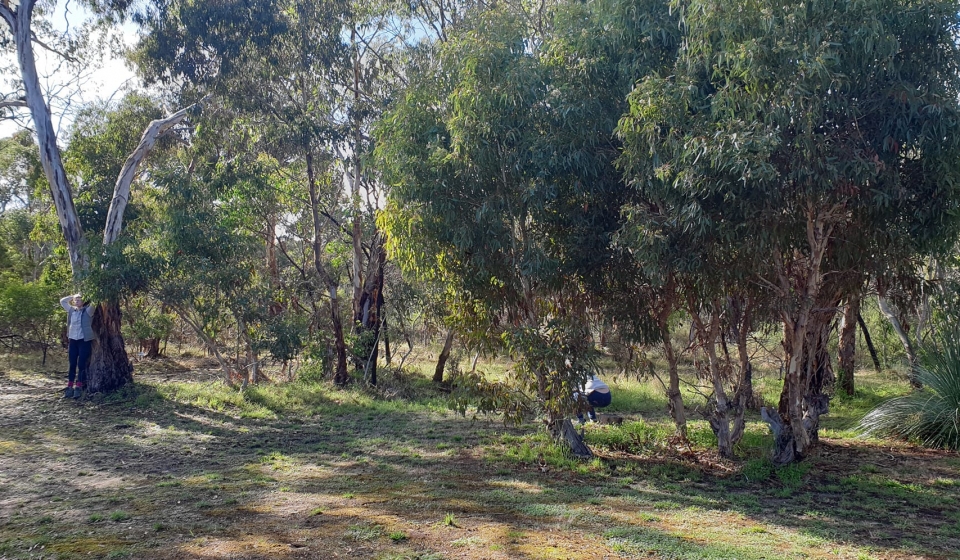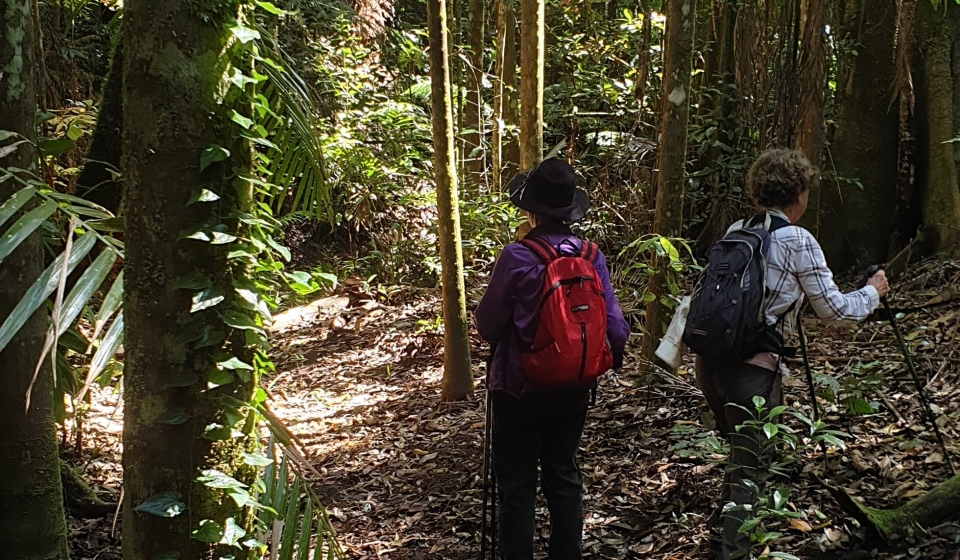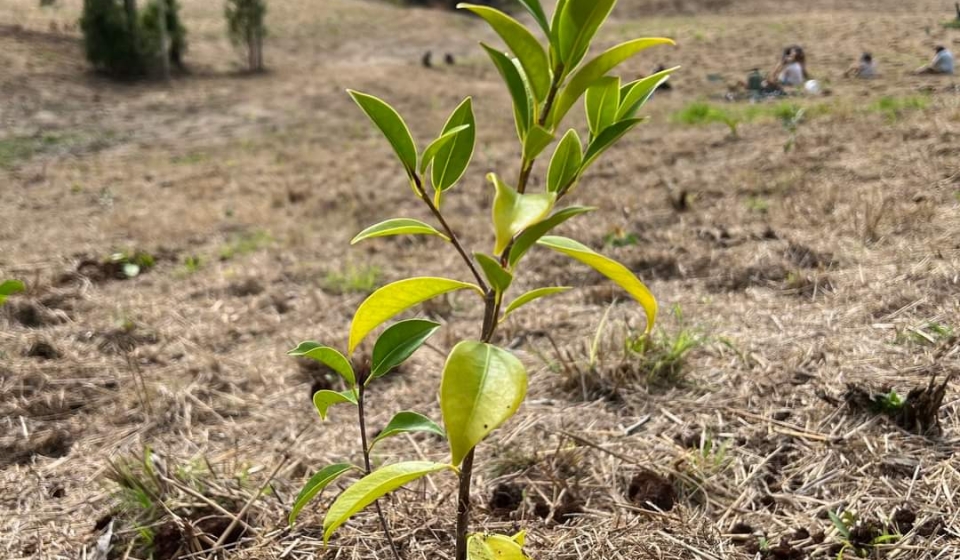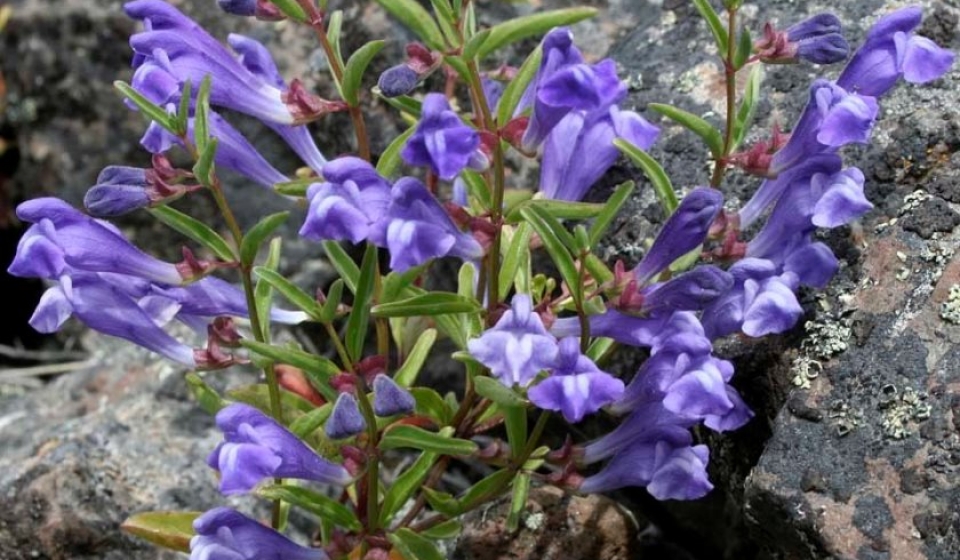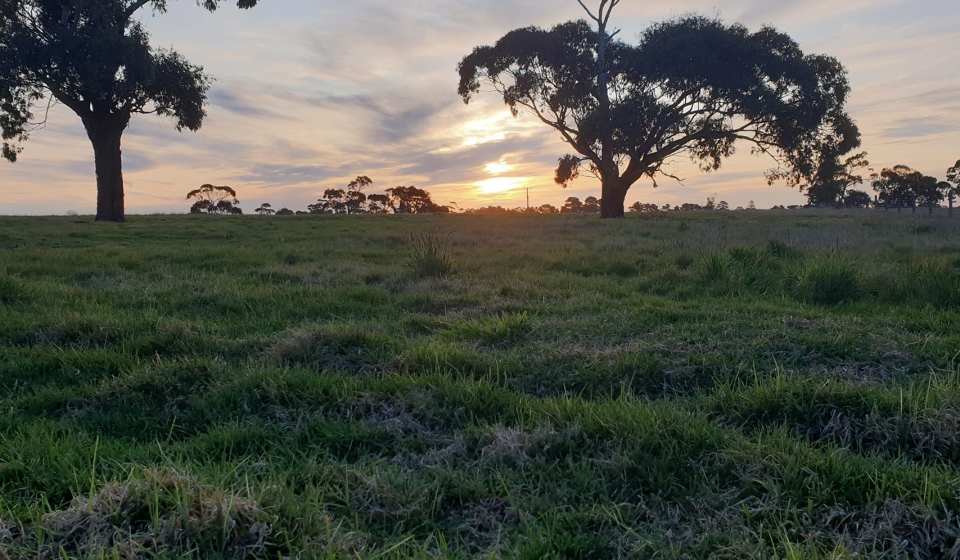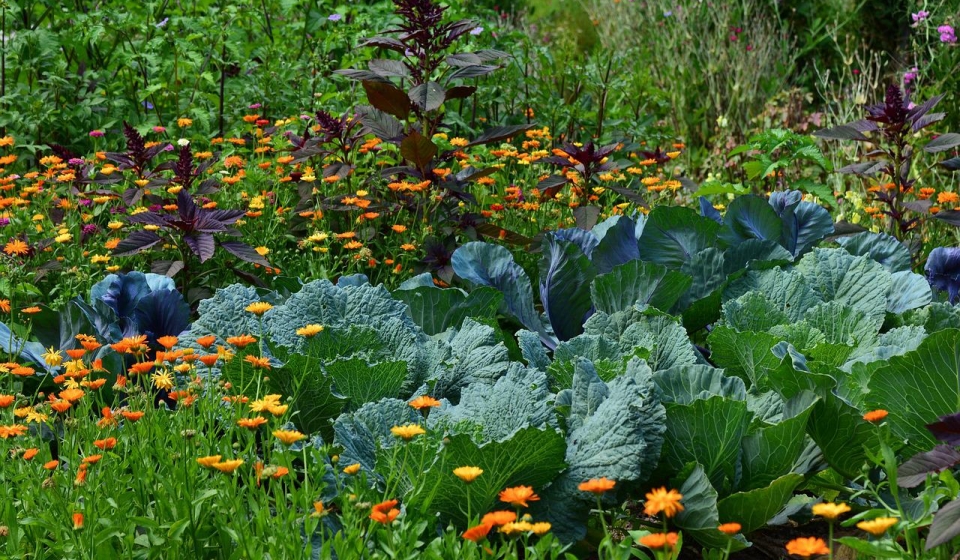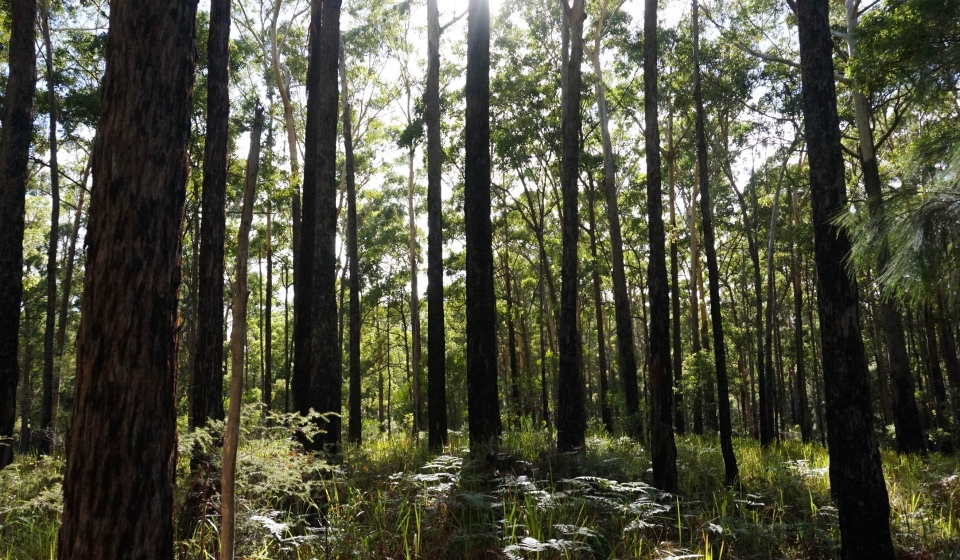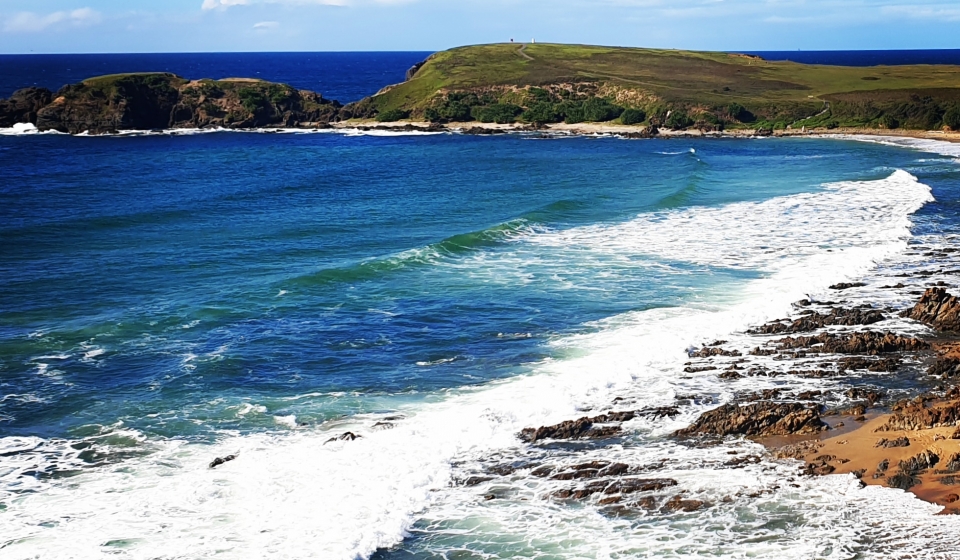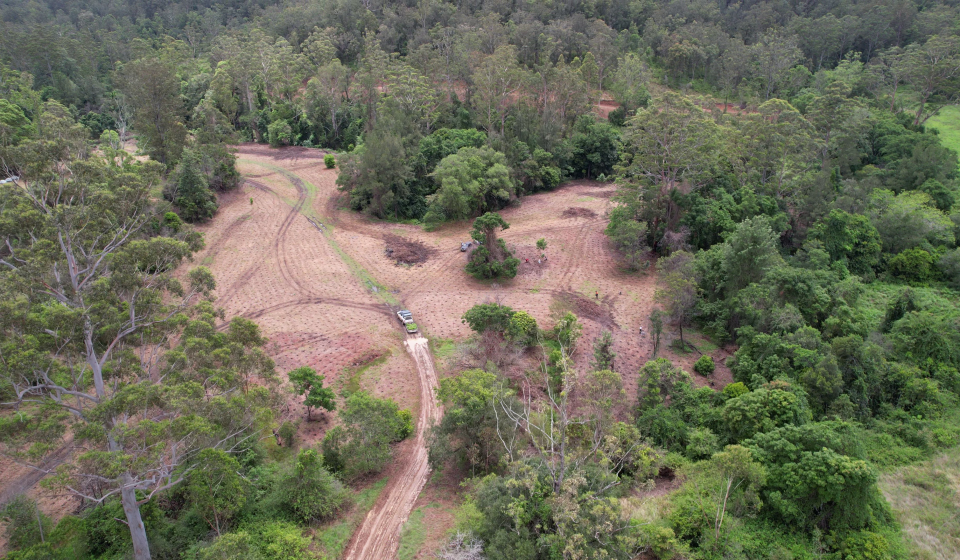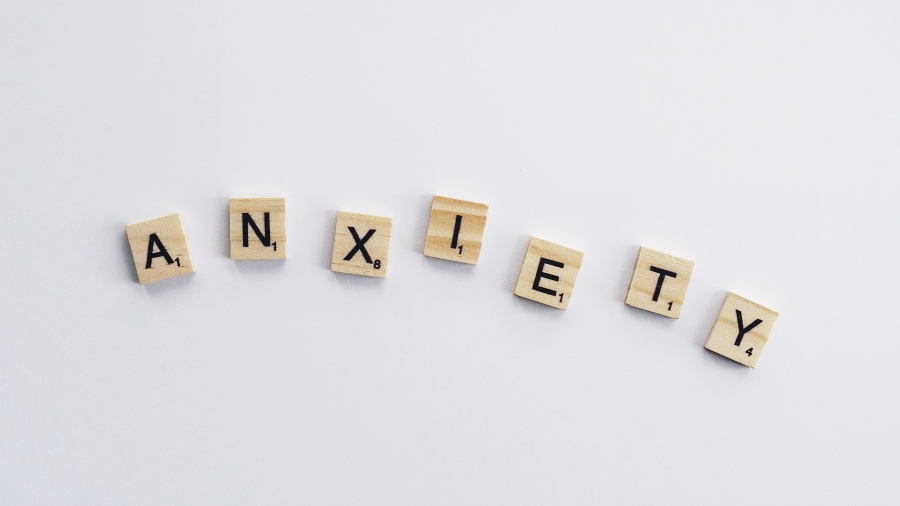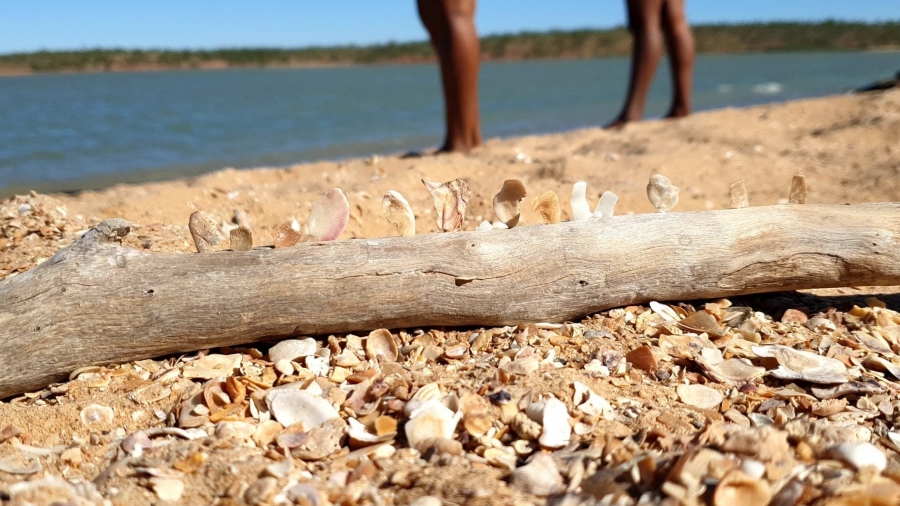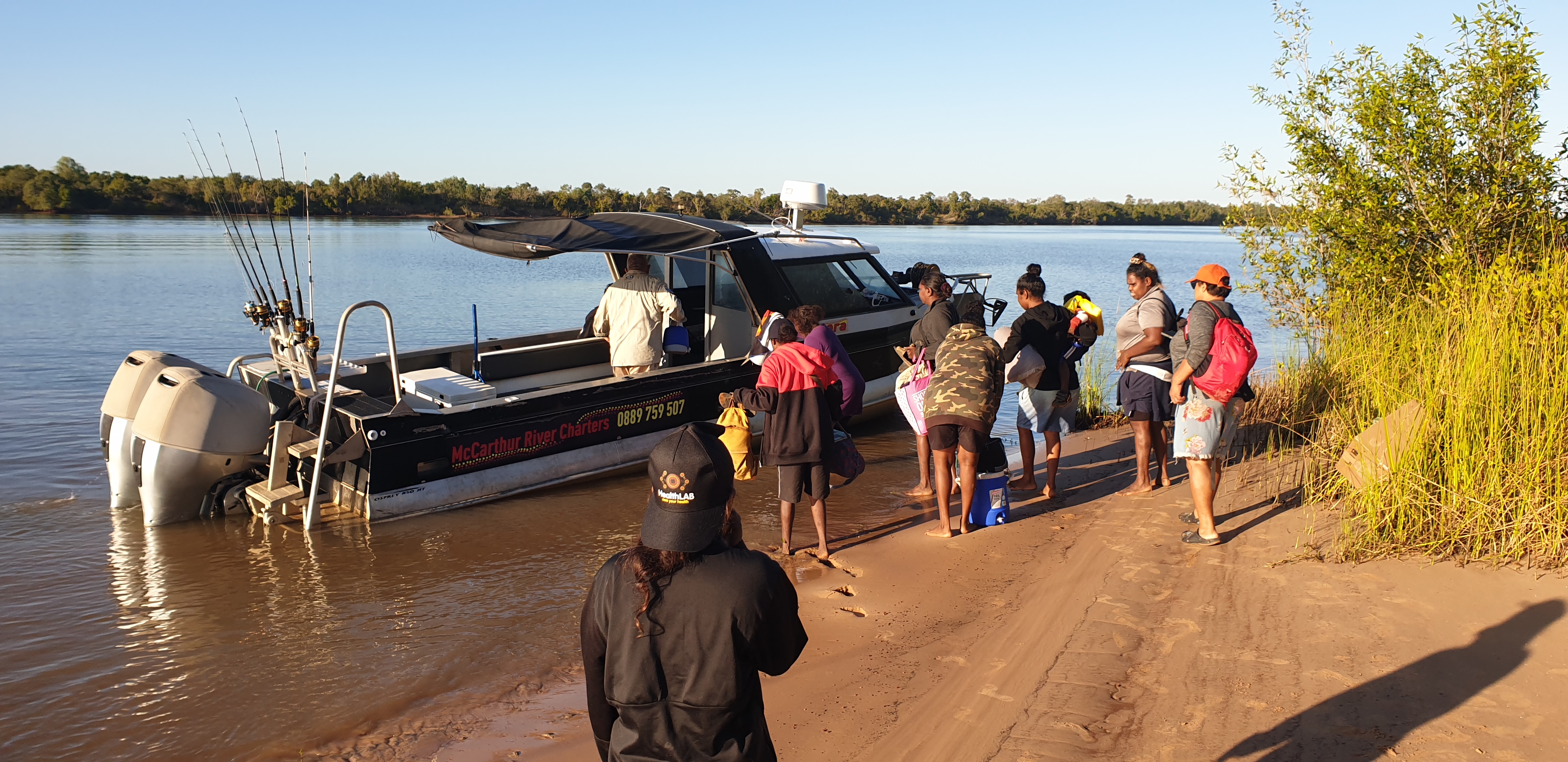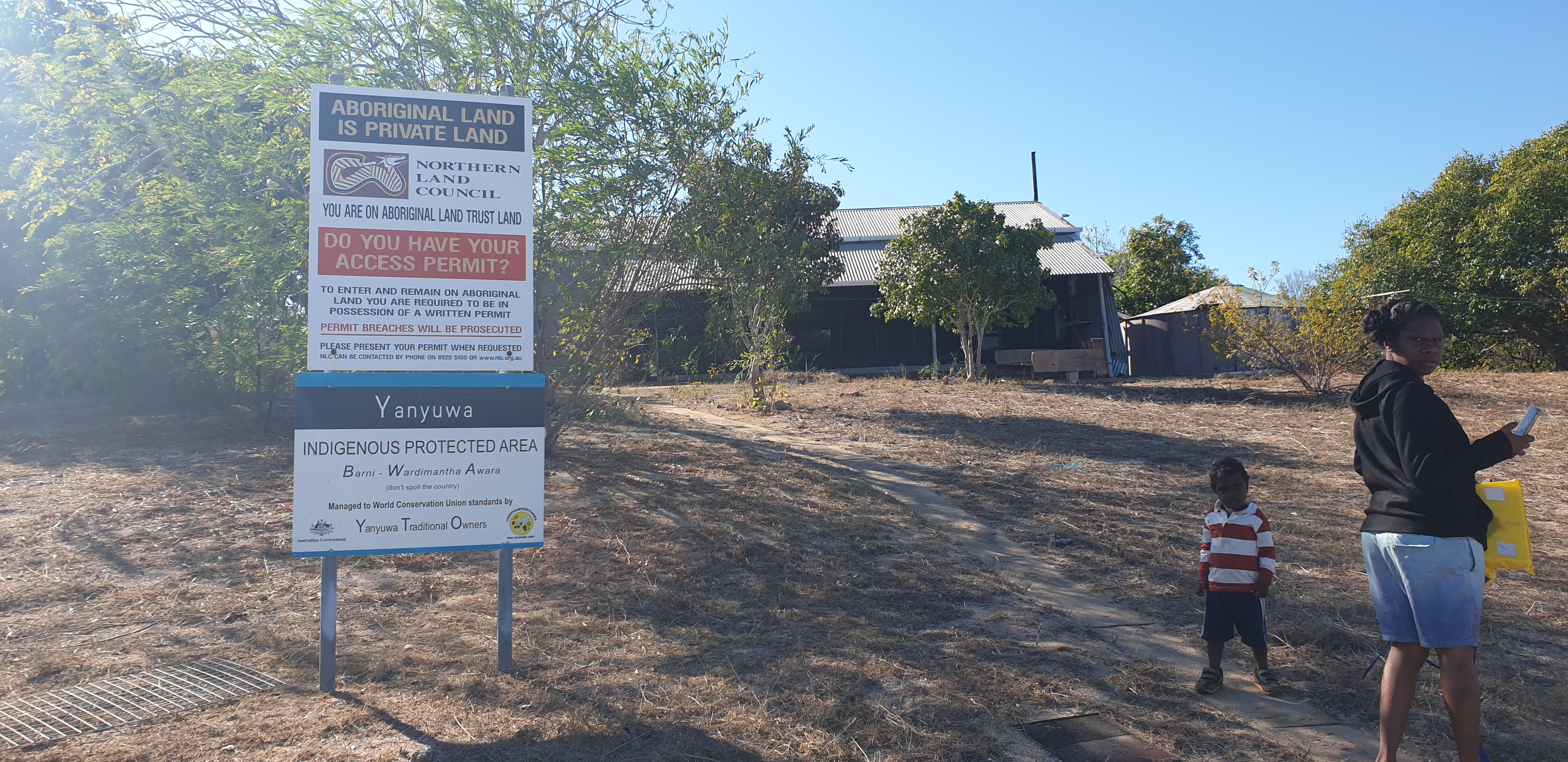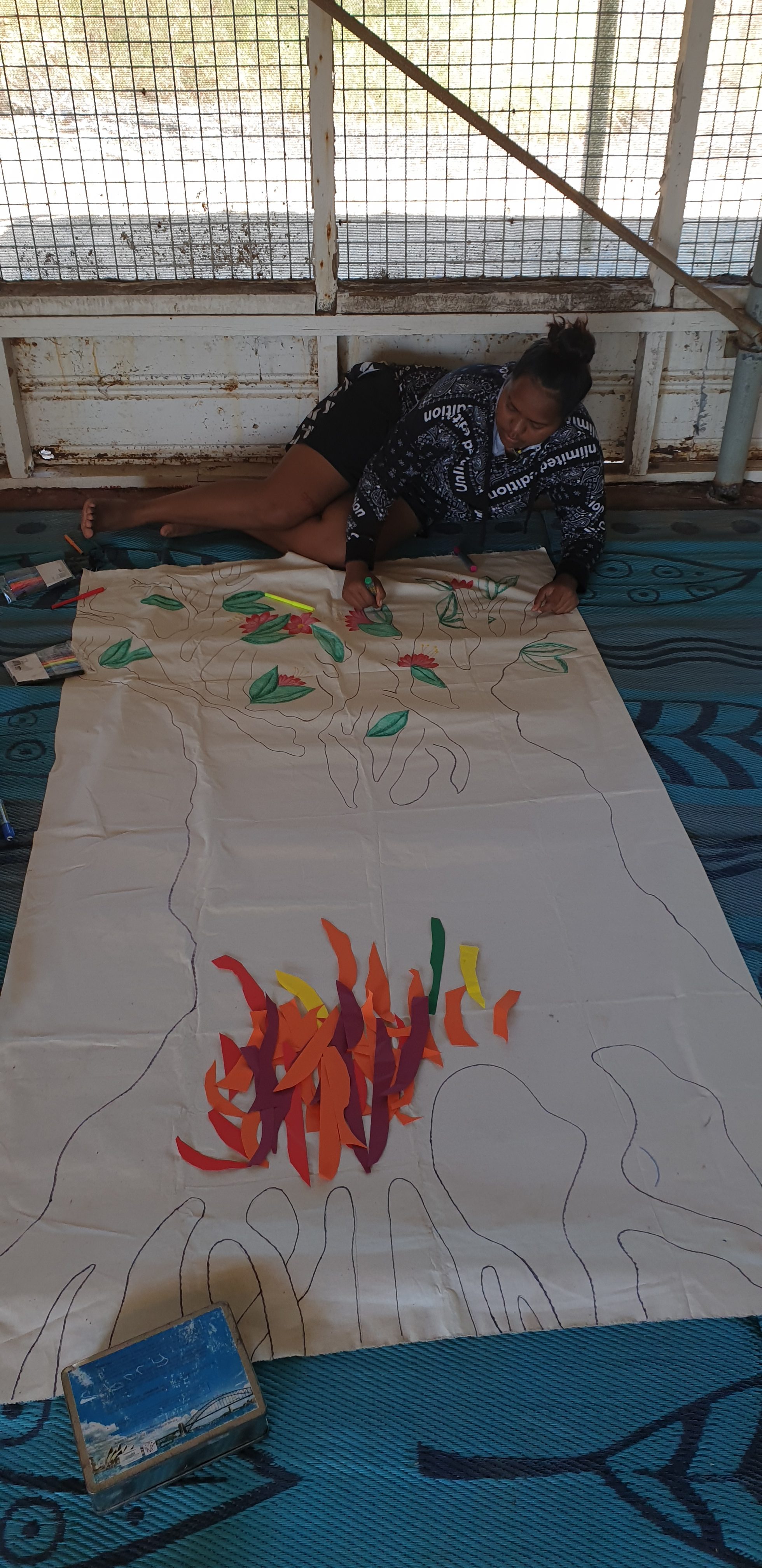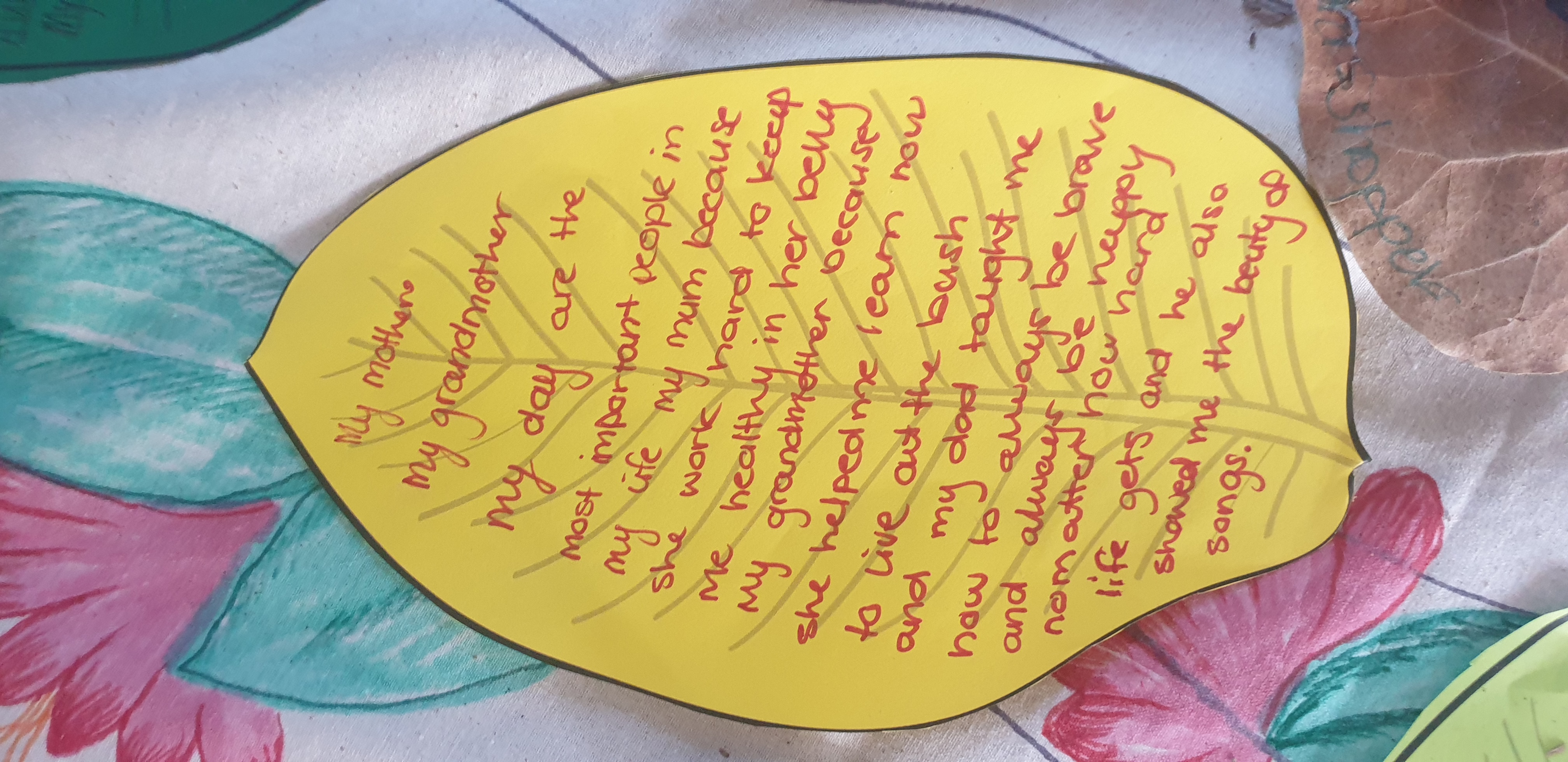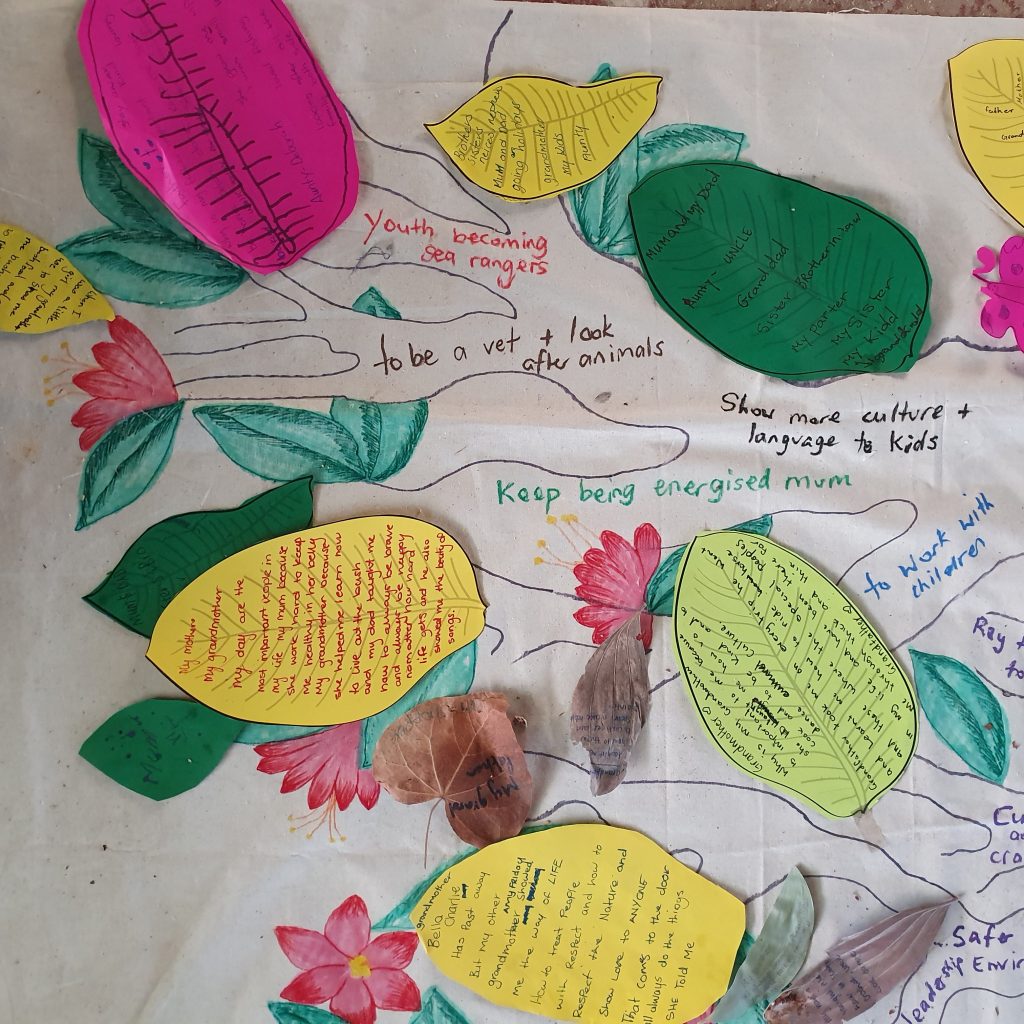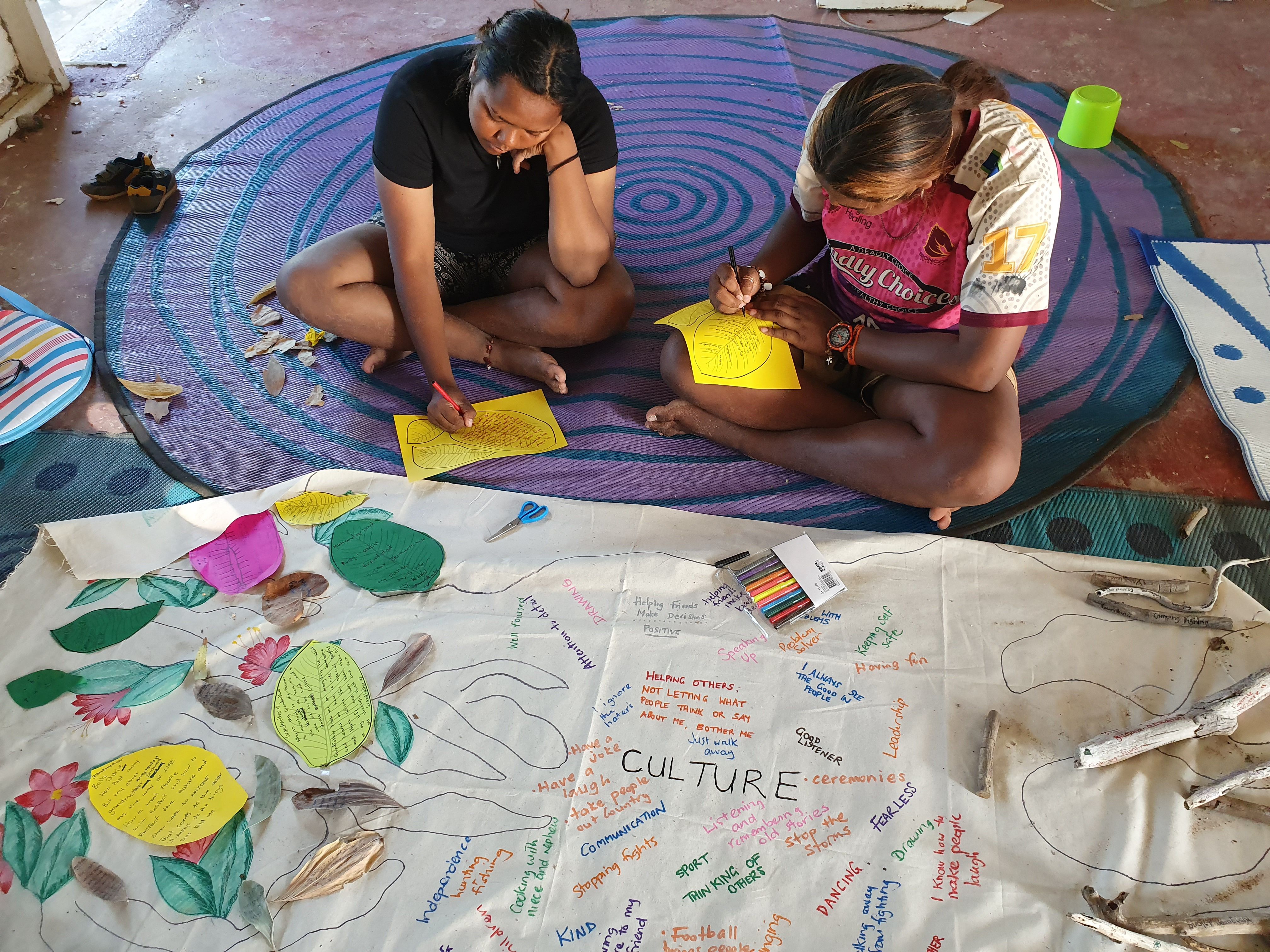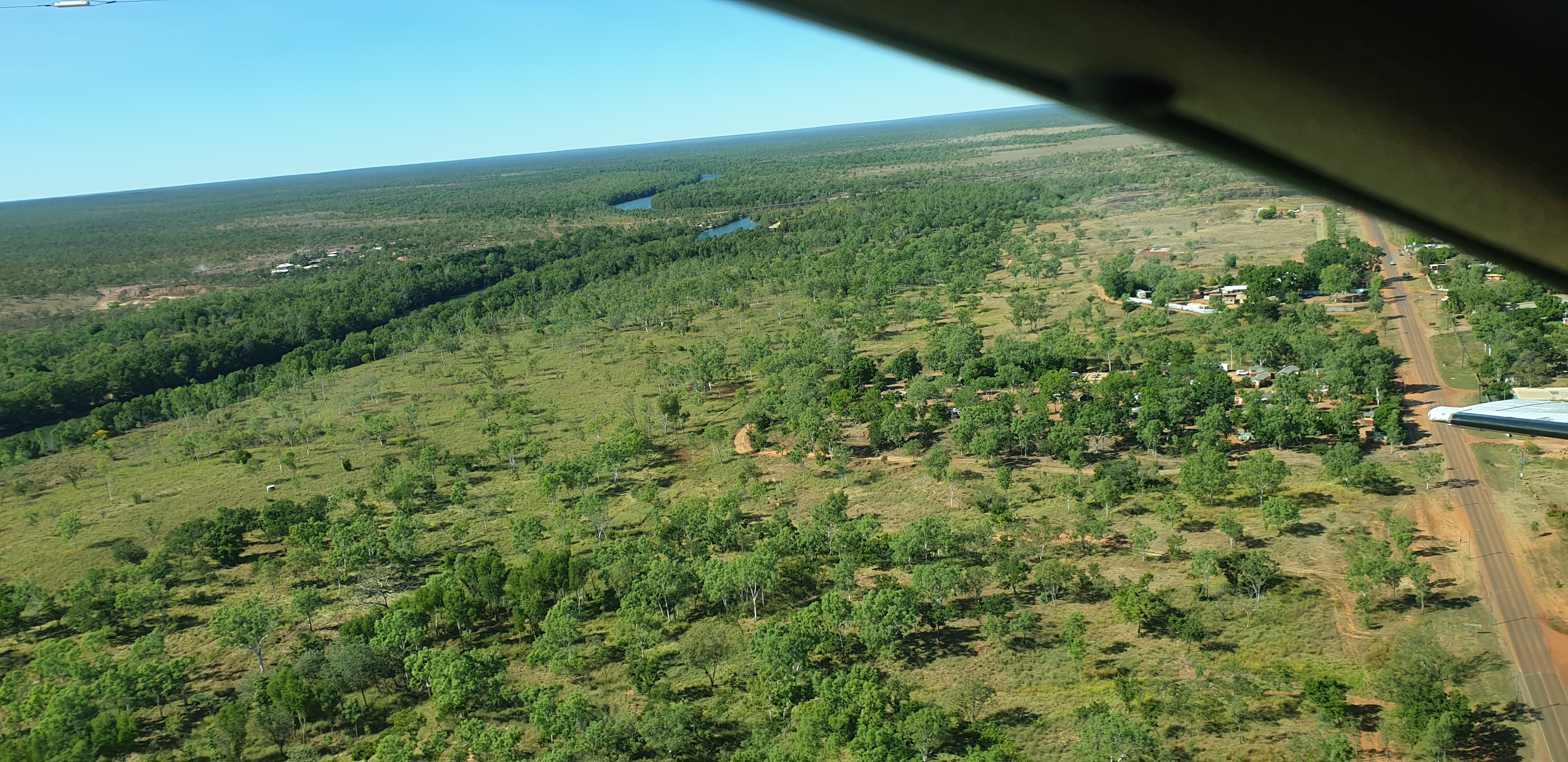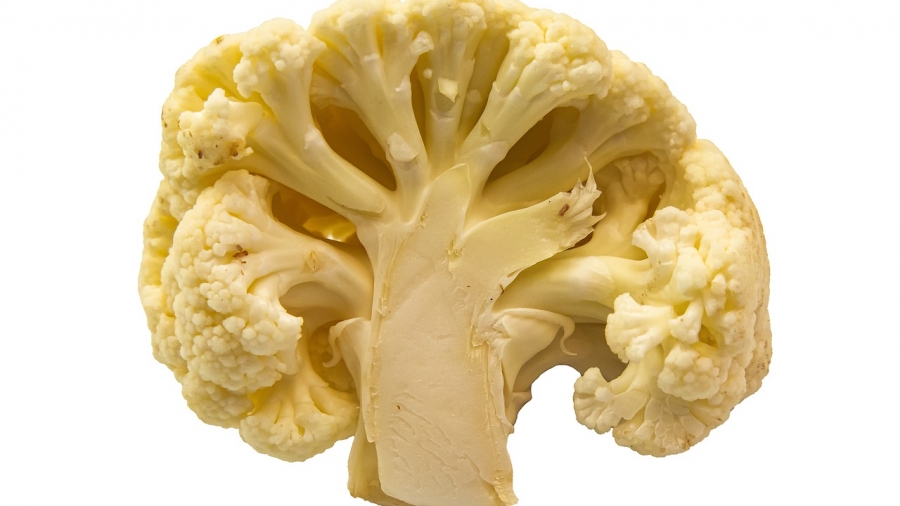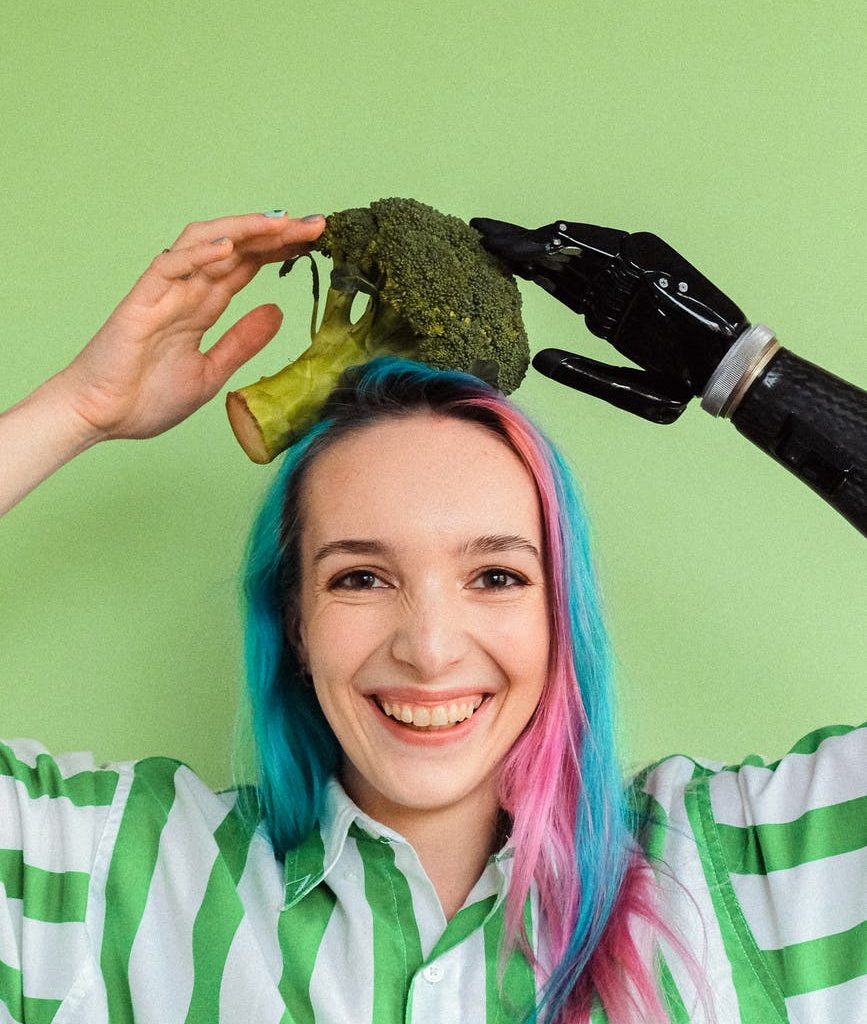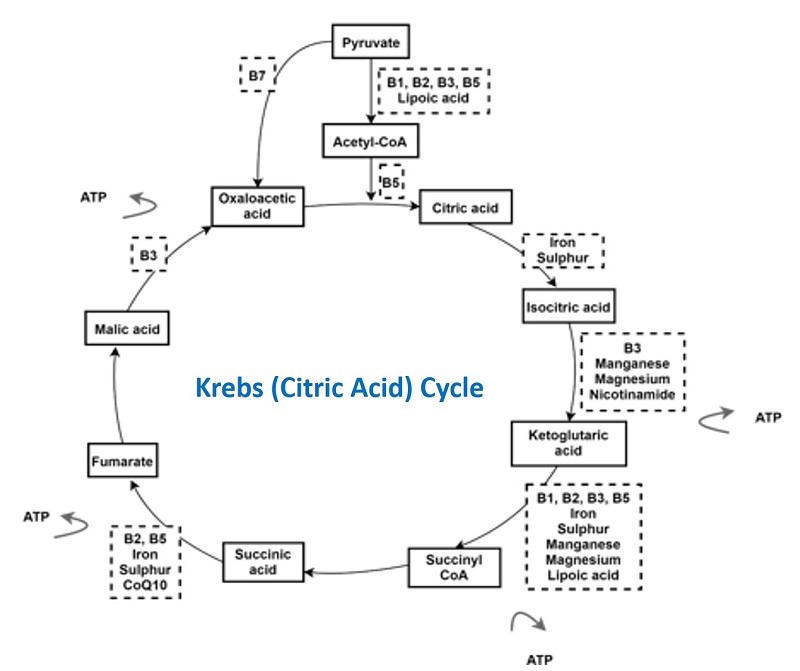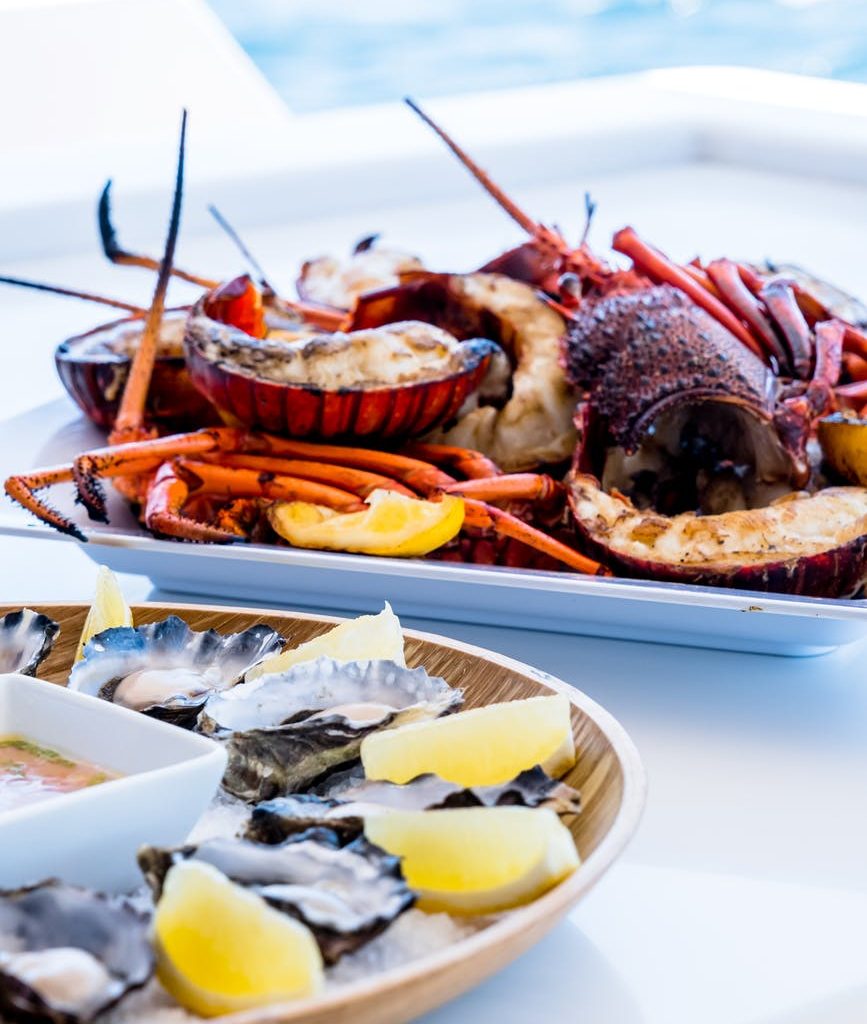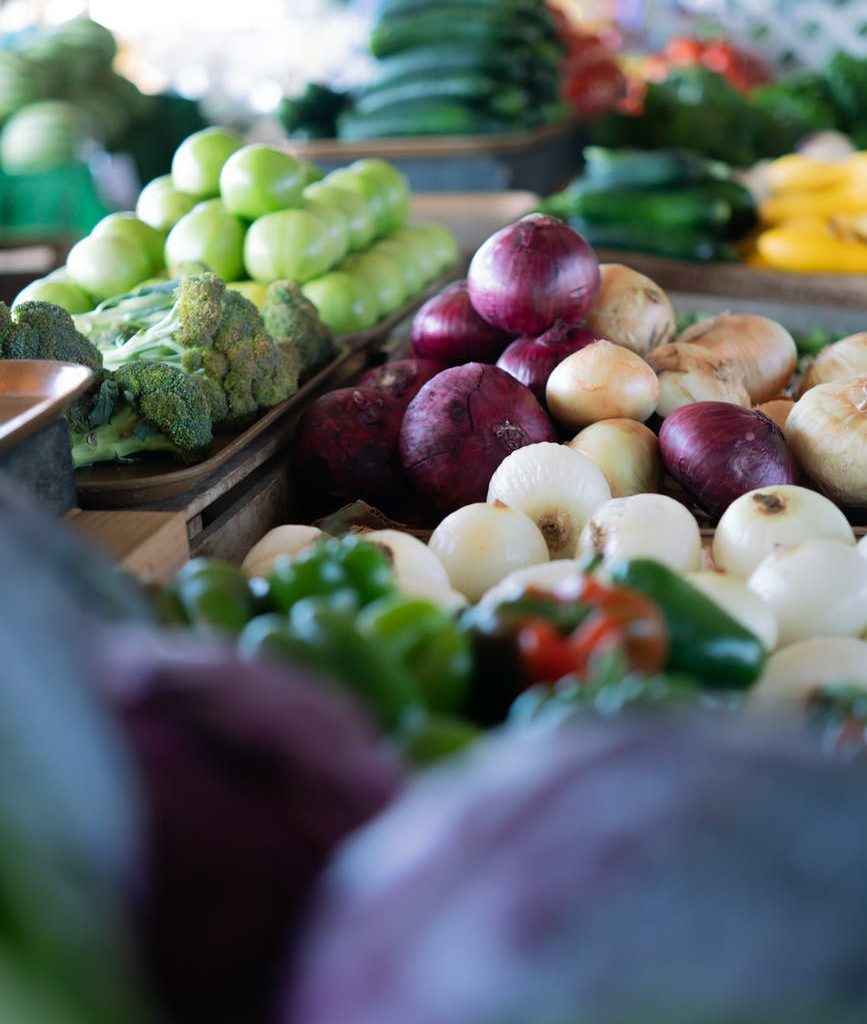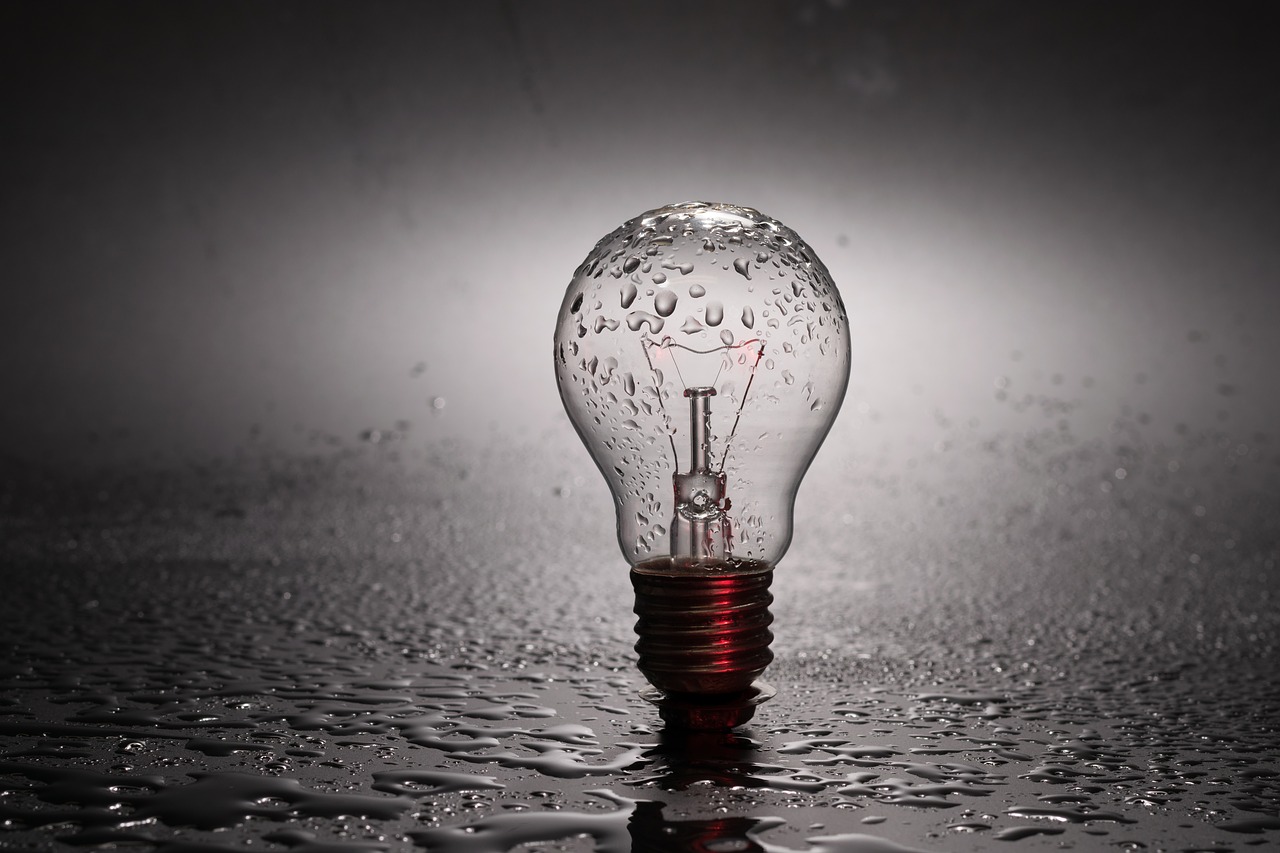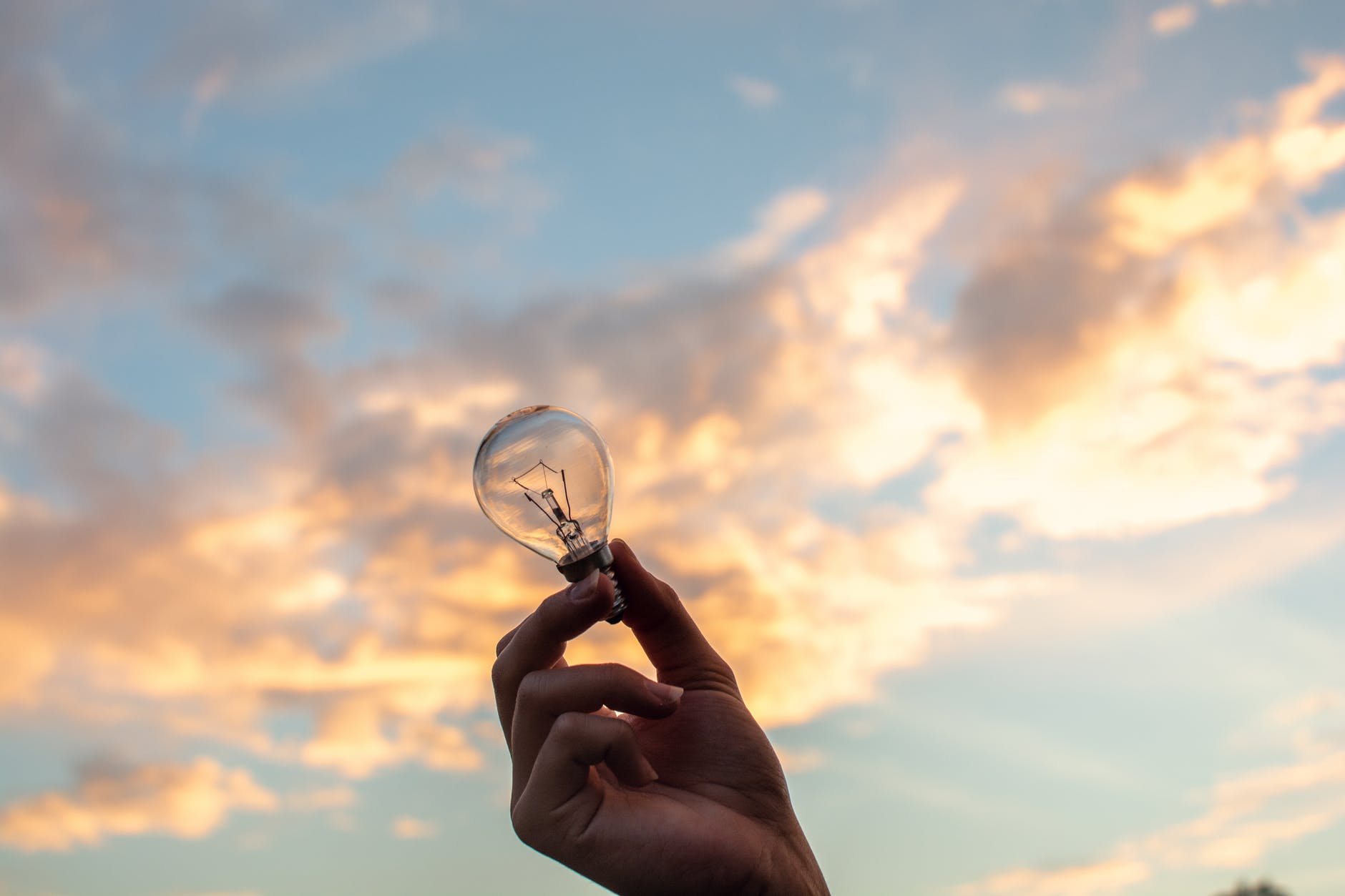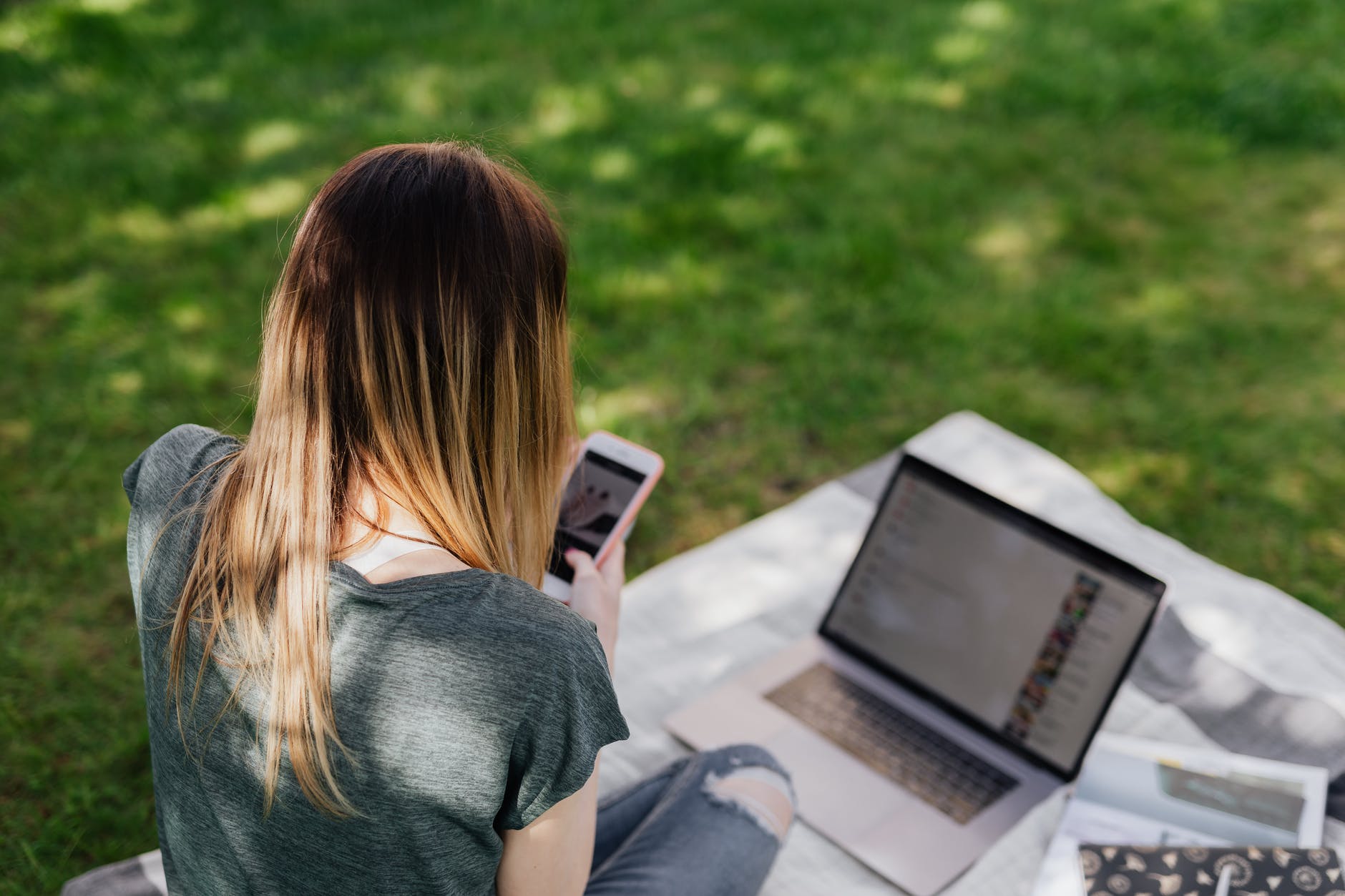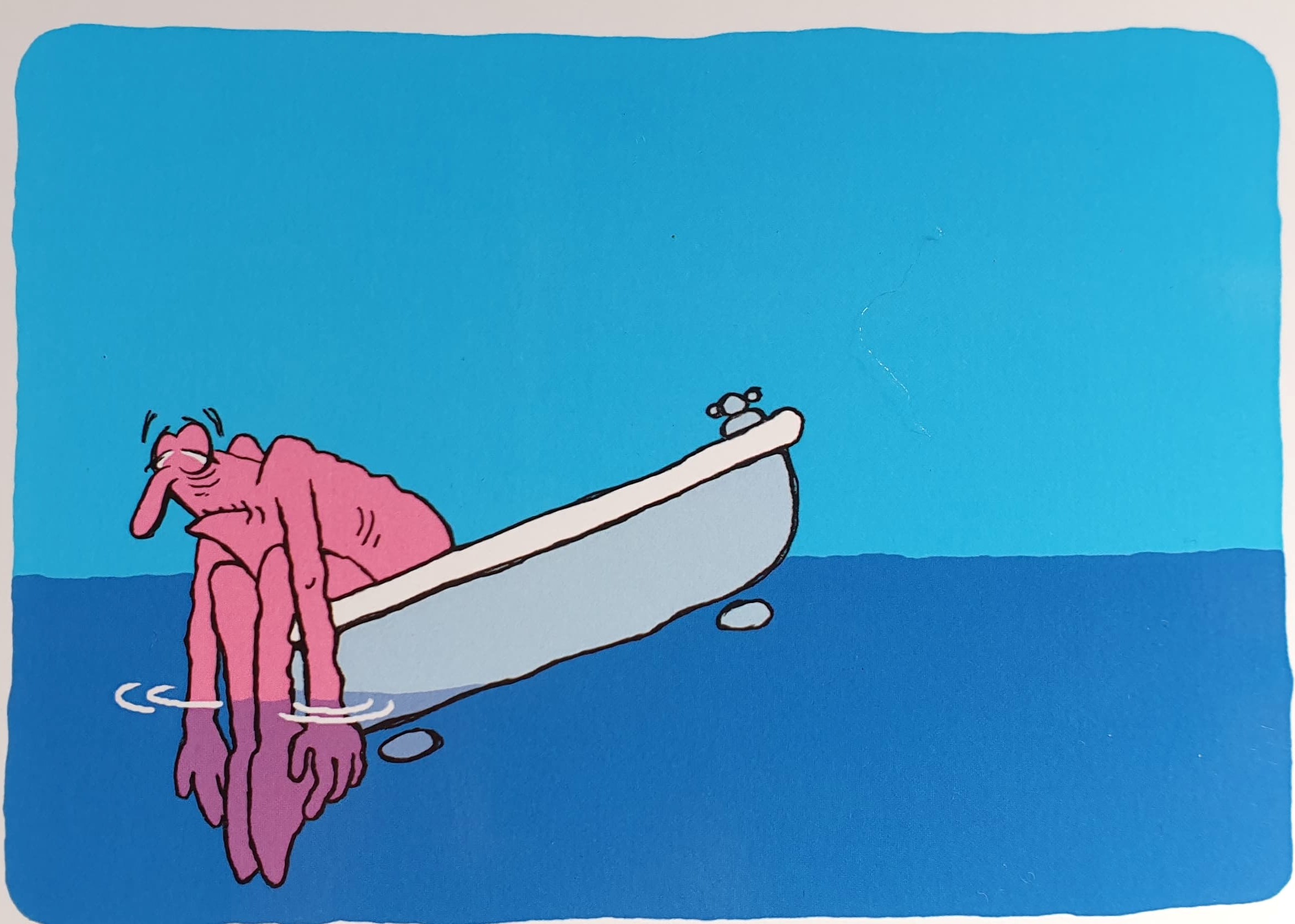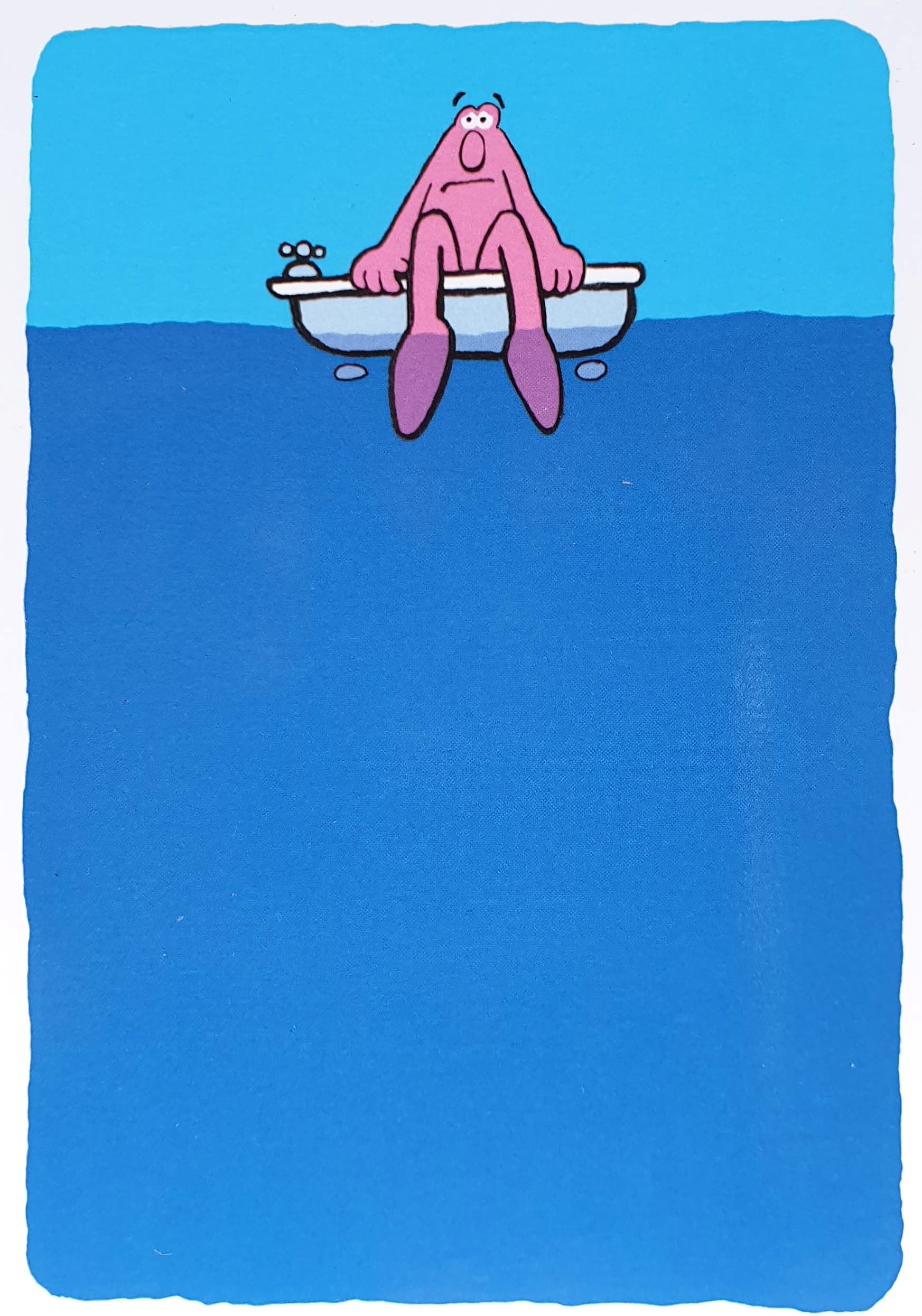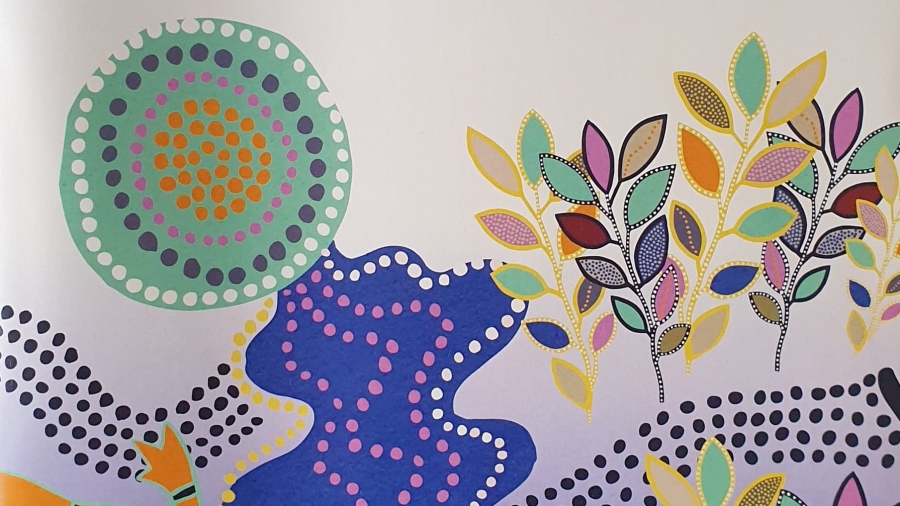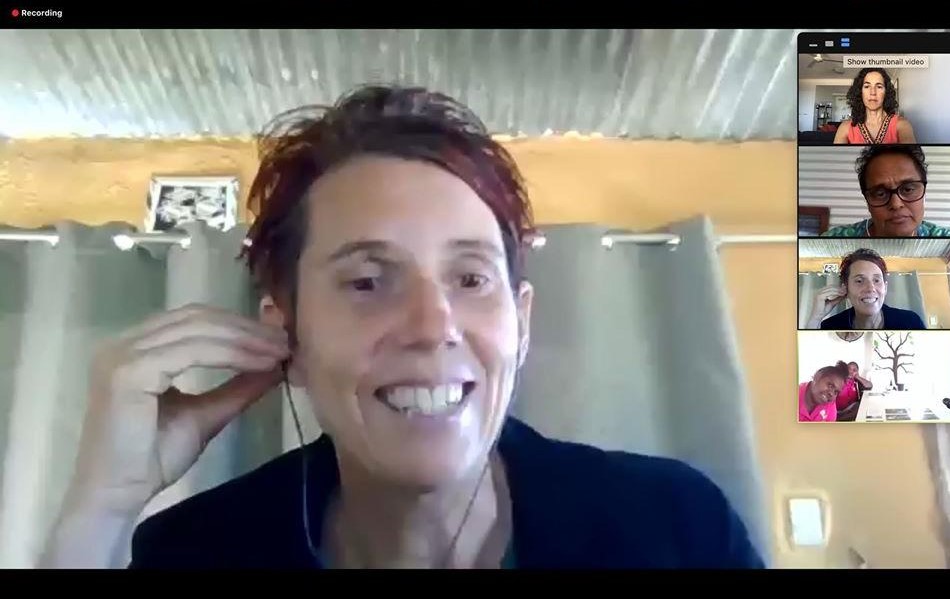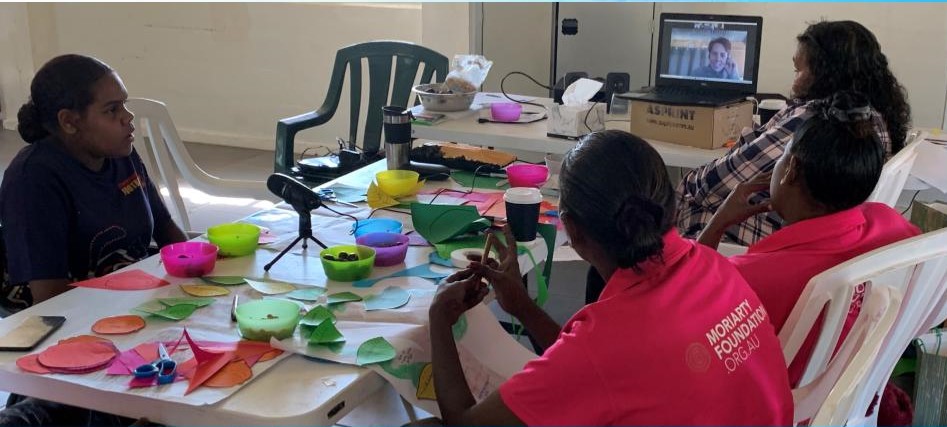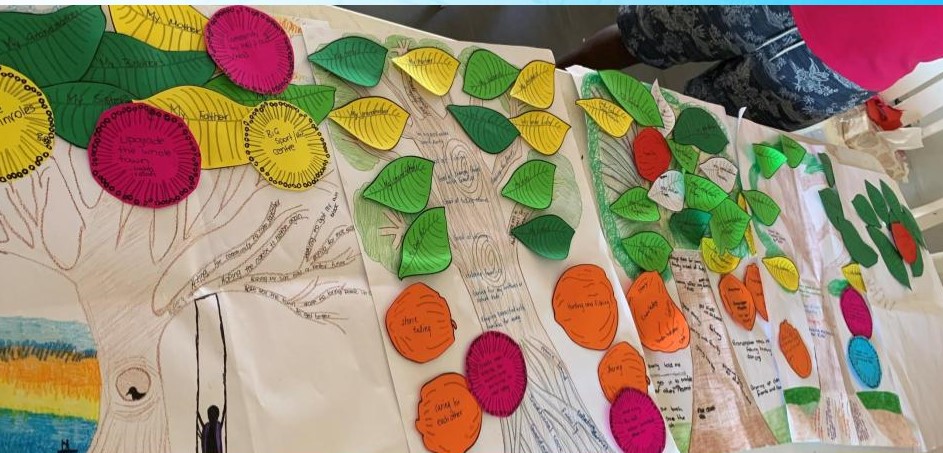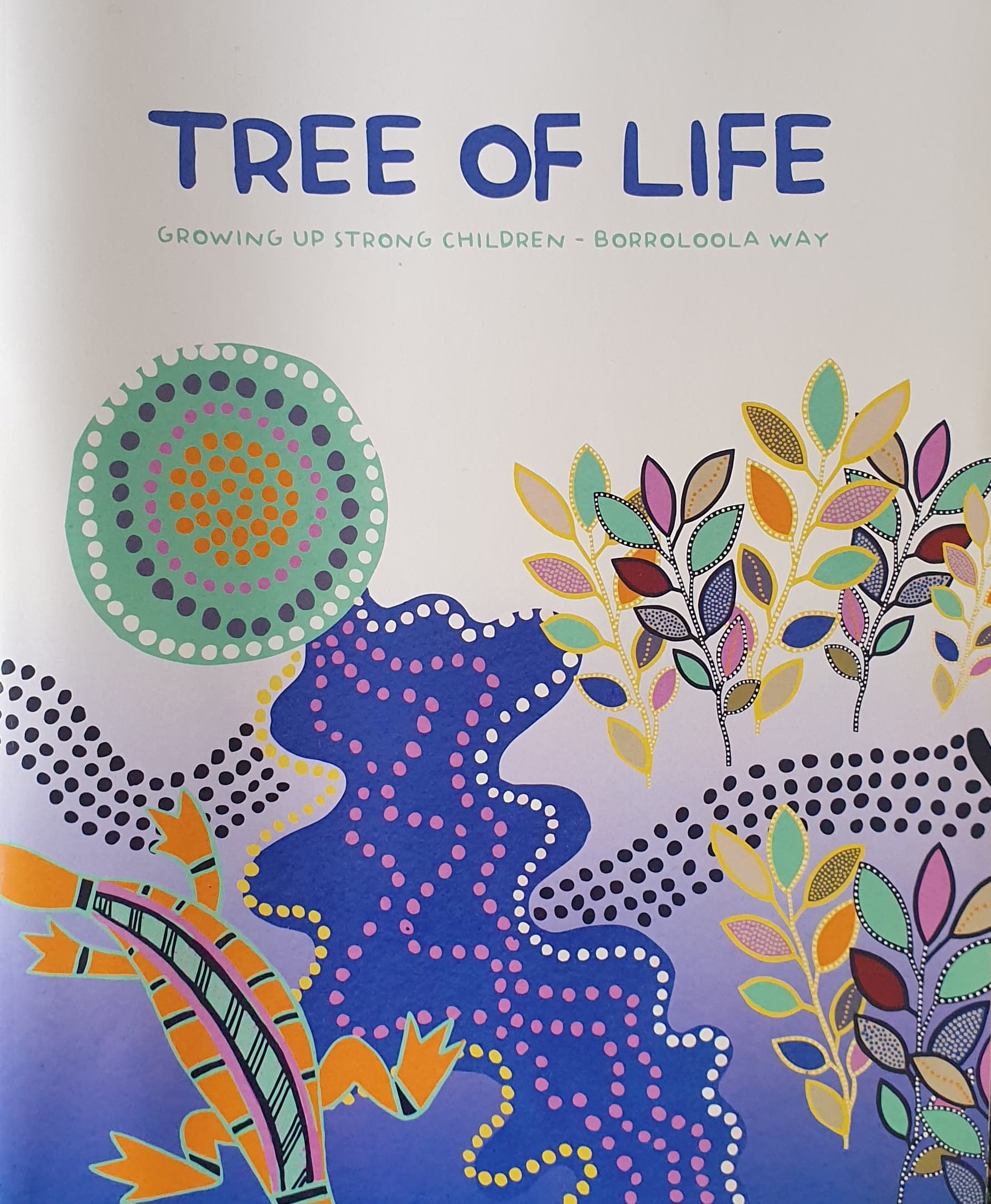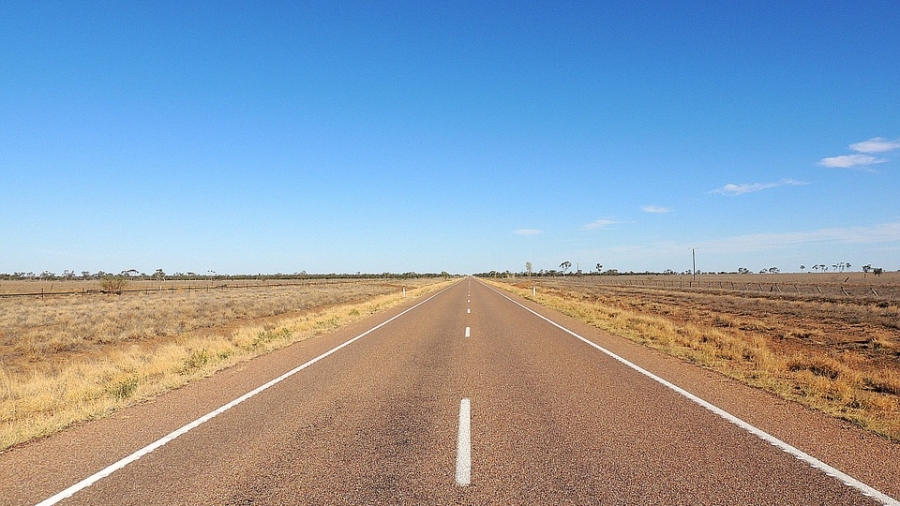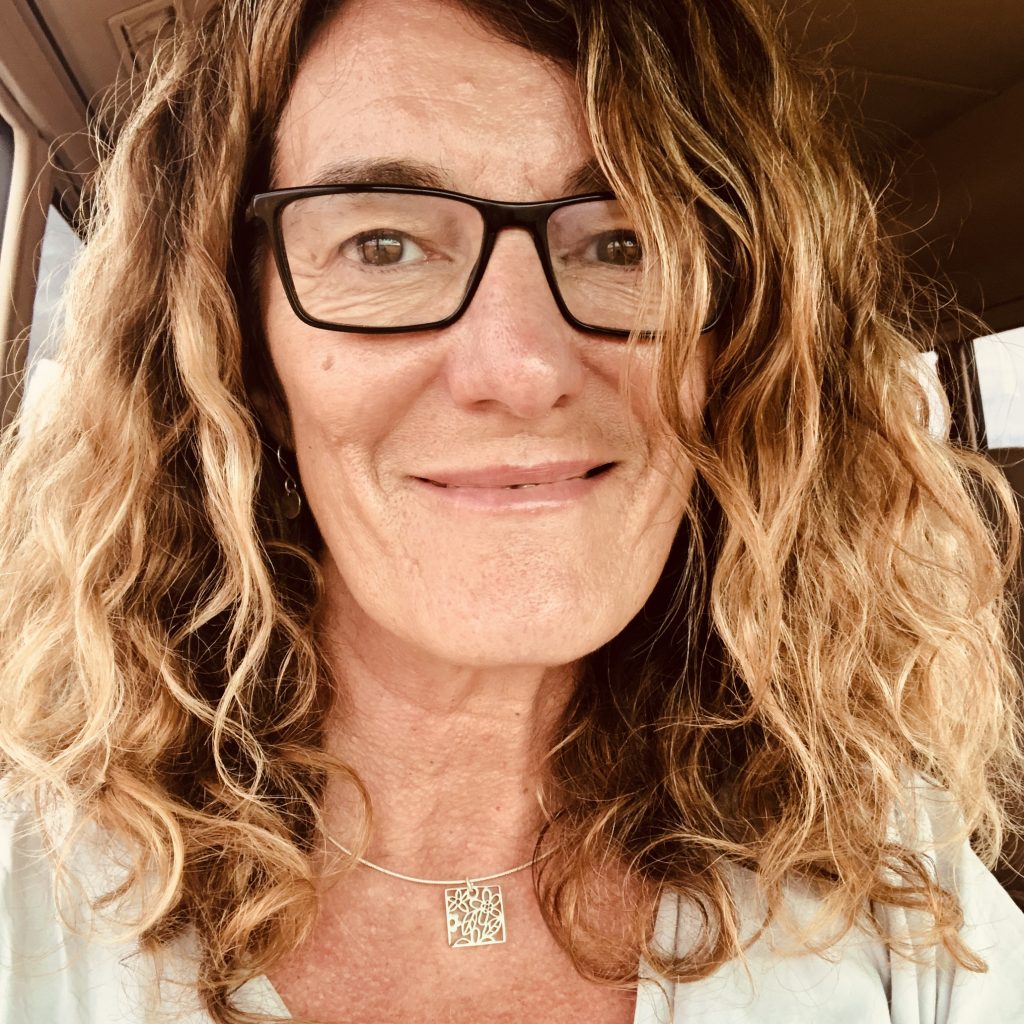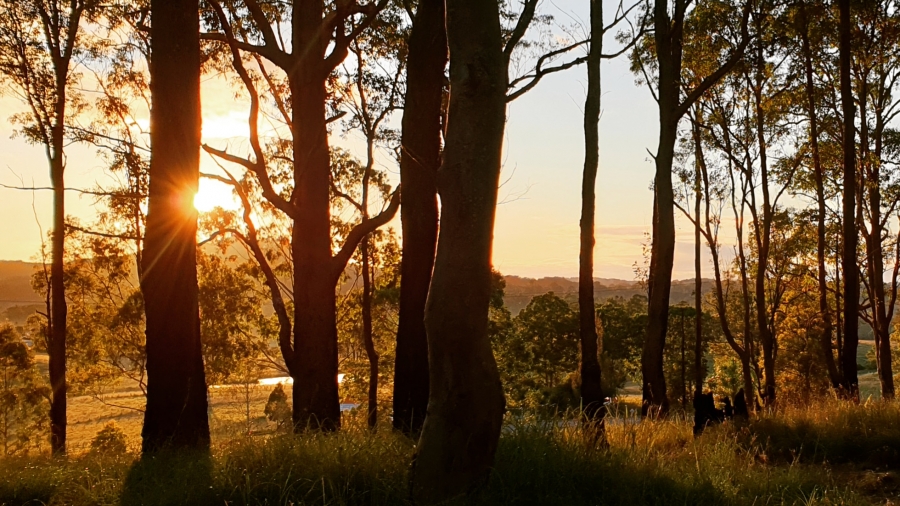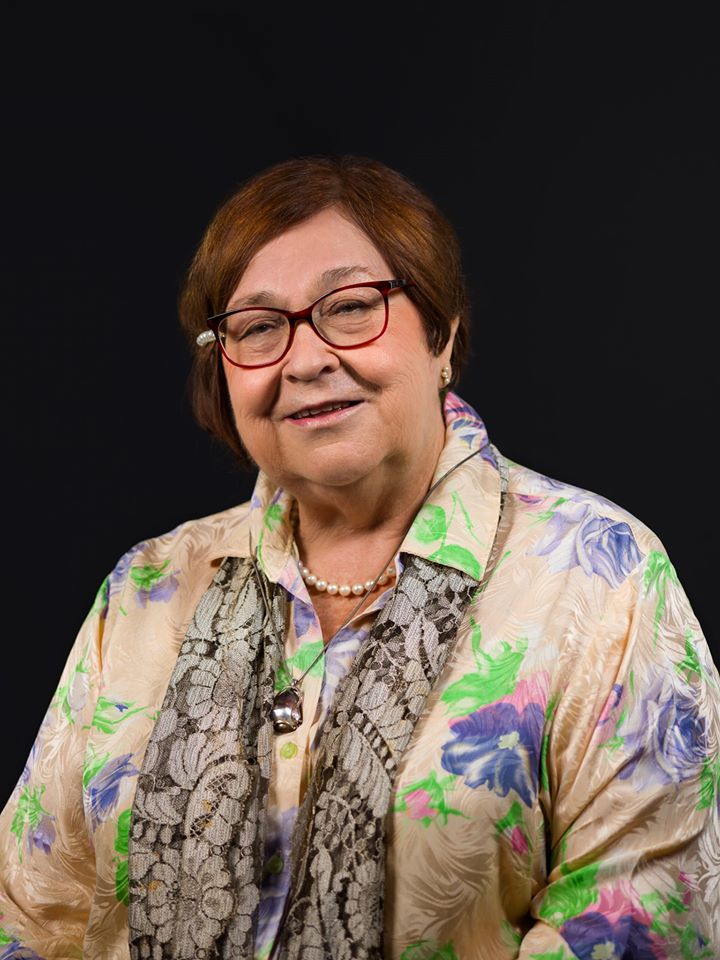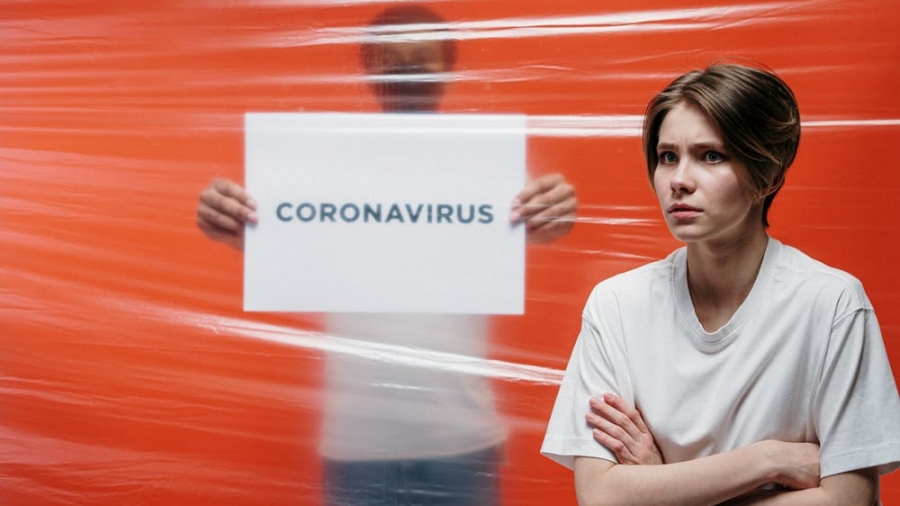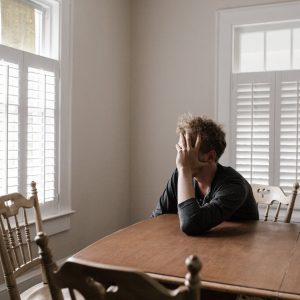I know what it’s like to have an attack of Anxiety, although I didn’t know what it was at the time. It was the kind of Anxiety that came with a sense of dread, that I was going to have a heart attack. The thoughts of Anxiety were relentless as the odd pain in my chest wouldn’t budge, no matter how much Panadol, laying down to rest or comfort hubby provided. My mind had been hijacked by Anxiety convincing me I might not live long enough to go on the adventure we had planned the following day. I also remember thinking I don’t want to have a heart attack on White Island as medical help will be limited and slow. We were on holidays in New Zealand having a wonderful, relaxing time. But I didn’t want to worry my hubby so I walked myself to the hospital underplaying how concerned I was. I knew the visit was going to cost a lot of money (being overseas) but I couldn’t ease my mind as long as the pain continued.
I had a fair wait at the hospital before they ran all the blood tests you would expect as well as ECG monitoring. I was discharged with the news that my heart was good, but just to be on the safe side they recommended follow up with a cardiologist for a stress test, back in Australia.
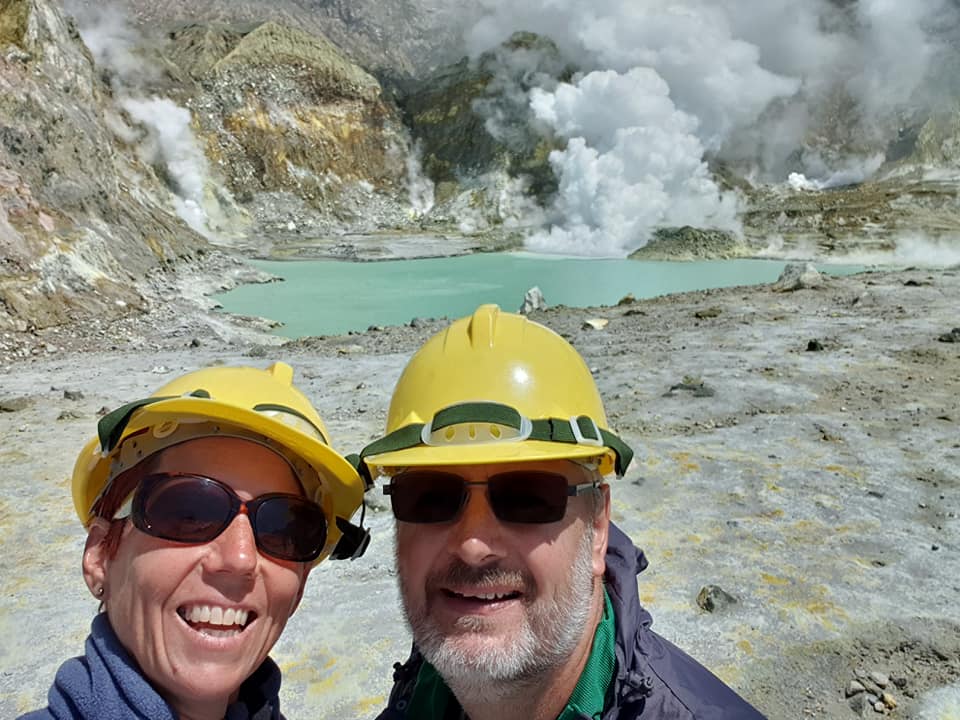
The next day my hubby and I were walking on a live volcano. A few weeks before we arrived in New Zealand, White Island (known by its Maori name of Whakaari) was put on a Volcanic Alert Level 2 rating, indicating “moderate to heightened volcanic unrest”. I learned this is the last level before eruption. I remember feeling a little nervous hearing this, but no-one else seemed concerned, least of all the tour company taking us out there. Before boarding the boat, I happily signed the waiver, but in the back of my mind conflicting voices were toying with each other; ‘Is this really safe?” and “Of course it is, otherwise we wouldn’t be going.” The mood on the boat was jovial. I was able to discount and push aside the lingering thoughts of “This could blow any moment!”. A few hours later, after passing the steaming mouth of the volcano on foot, I was quietly relieved to be heading back to the waters edge, for the ride back.
Just over two weeks later White Island erupted, killing 22 people and injuring 25 others.
A few months later, I learned I had a very healthy heart and it must have been Anxiety causing my symptoms. I got on with my life and didn’t think much of it again until recently as the 2 year anniversary of the tragedy looms. As I’ve been learning more and more about the art of listening to the body, I’ve been wondering if the symptoms I’d experienced were actually my body’s warning system that something was imminent. I like to think that I am in tune with my gut and it has guided me towards good fortune many a time, but sometimes it can be difficult to distinguish between gut feelings and an overactive mind. I’ve been sitting on the tarmac on a few flights and have had the thought ‘What if this plane goes down today?’ The gut was clearly not reacting in those moments. I’ve managed to push these thoughts aside and lived. But I have heard stories of people who’ve chosen not to board an aeroplane because ‘something’ told them not to, and they avoided a horror crash. Perhaps they were listening to their body?
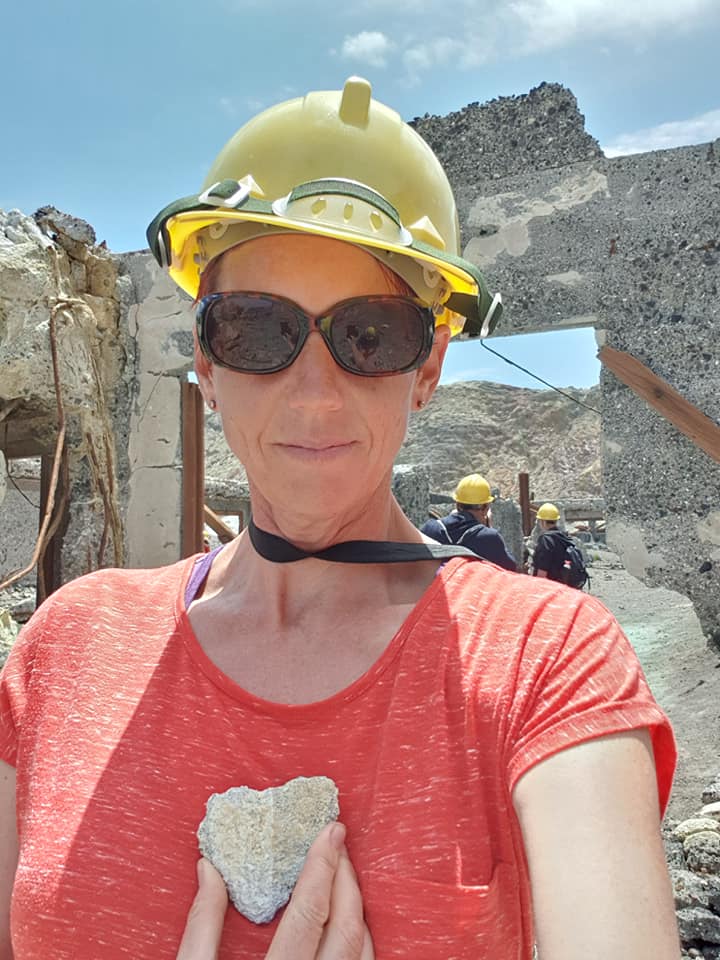
Looking back I wonder if my body was picking up on the heat that was bubbling away in the Earth’s core, getting ready to break the surface? Was my body sensing Mother Nature’s unsettled energy? Was this my body’s way of warning me not to get on that boat? I wonder how those people who have avoided plane crashes by refusing to board, distinguished between the irrational thoughts of Anxiety and the premonition warning system that seems to be built into our bodies? This must be the same system that my ancestors listened to when they were being hunted down by a predator. For someone who experiences Anxiety regularly talking them out of doing things, I imagine this would be much more difficult terrain to negotiate.
I don’t have any answers. I only feel blessed to be here telling this story. But I am left wondering, what it would take to stop me from doing something I’d planned, if I got these symptoms again? I’d like to think I might take more notice of my body next time.

